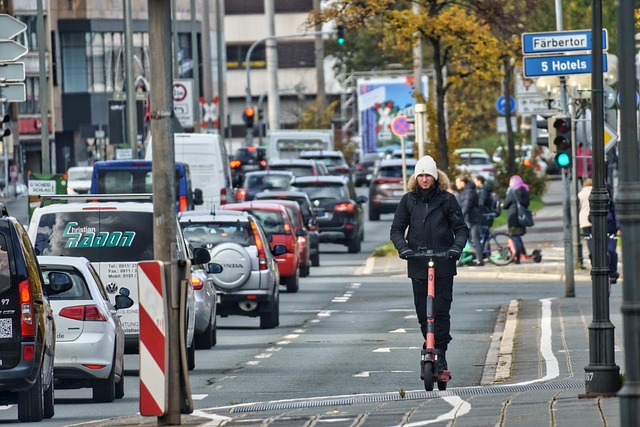In recent years, the concept of community resource sharing has emerged as a transformative force in rural areas, enhancing mobility while also promoting transport sustainability. As communities grapple with the challenges of limited public transport options, resource sharing facilitates better access to essential services and opportunities, ensuring that no one is left behind.
At its core, community resource sharing revolves around cooperation among residents. This grassroots initiative encourages individuals to pool their resources—be it vehicles, bicycles, or even travel itineraries—to help one another move within and beyond their rural landscapes. The beauty of this approach lies in its simplicity; it empowers people to connect, reducing the reliance on singular car ownership while fostering a sense of community solidarity.
Moreover, the push for sustainable mobility in rural development takes on a unique dimension through resource sharing. By using shared vehicles, rural residents can significantly cut down their carbon footprints, which is crucial in the fight against climate change. Each ride shared represents a step towards a greener environment, illustrating how collective efforts can have a meaningful impact on sustainability. This not only alleviates traffic congestion but also improves air quality, creating healthier spaces for people to live and thrive.
Access to reliable transportation is often a critical barrier to economic opportunity in rural areas. When community members engage in resource sharing, they create a more equitable transport system that can drive economic development. Farmers can transport their goods to market more readily, students can access better educational opportunities, and healthcare becomes more accessible for those in need. This interconnected network bolsters local economies and stimulates growth.
The ripple effect of effective community resource sharing can also be seen in enhanced social cohesion. As individuals collaborate in shaping their transport systems, they establish relationships that transcend geographical boundaries. This builds trust and fosters a sense of belonging, proving that mobility is not just about moving from one place to another, but about cultivating connections among people.
Furthermore, initiatives such as carpool programs, bike-share schemes, and ride-hailing solutions tailored specifically for rural settings exemplify the potential of community resource sharing. These programs can be customized to reflect the unique needs of rural populations, ensuring that everyone, from the elderly to the youth, can find a way to participate.
As we push towards a sustainable future, it becomes imperative to recognize the crucial role of community resource sharing in rural mobility. It’s not merely a trend; it’s a necessity that promises to foster inclusivity, economic growth, and environmental stewardship. In the interconnected fabric of rural communities, sharing resources can pave the way for a transport landscape that prioritizes sustainability and enhances the quality of life for all residents.
Embracing community resource sharing means embracing a future where everyone has equal access to mobility. As these initiatives grow, they pave the path toward a more sustainable approach to transport that benefits not just individuals but the community and environment at large.



